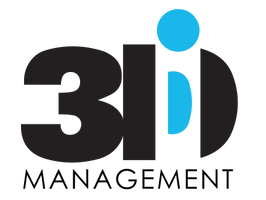ID Printers, Badges & Accessories

What Components Should Be On An Office ID Card Design?
An essential feature of workplace safety, office ID cards are everywhere nowadays. But what components should go into the ID card design? We list them out here.
Organization Logo
Incorporating your organization’s logo into the ID card adds an element of visual security. The ID card design should be consistent with your current marketing style sheet – including your logo, font, and colors. To avoid forgeries of your ID card design, add HoloKote capabilities to your printer. HoloKote adds a hologram to your card design that gives it an extra layer of security and prevents unwanted duplication.
Design
You will want a design for your ID that is both functional,attractive, and meets all your branding needs. Even subtle design elements like colors can provide valuable information. Hospital ID cards, for example, assign specific colors to different departments or floors.
Single- and Dual-Sides
What you need will depend on your organization’s priorities. Dual-sided cards carry more information and features without compromising on design. They also give you the option of adding information on the back of the card, such as emergency contact numbers.
Orientation
Should the display of your ID card be horizontal or vertical? You should consider the scenarios in which the card will be used. If your employees interact with customers often, the cards should be designed as a marketing piece – with information easily readable by your customers.
Employee Picture
Having a picture of employees on the ID cards is standard practice. This photo should be easily visible. Photo information is normally used on documents such as passports, driver’s licenses, and, yes, IDs.
Durable
You want an ID that is durable. Materials such as plastic HID smart cards or PVC can last up to five years and necessitate fewer reprints. They are also much more difficult to copy than paper IDs.
Data Encoding
ID cards include all sorts of encoded information about their users through features such as RFID tags, barcodes, magnetic strips, and smart chips. These allow an organization to sync up info with time or attendance programs and building access.
Signatures
An authorized employee signature can add an extra layer of security, in addition to a photo. Signatures are difficult to replicate on the spot, making them a good way to deter fraud.
Enhanced Security
There are various types of enhanced security features that can be added to ID cards if you have access to the proper software and equipment. Holographic overlays or non-replicable fingerprints can be added to your ID card design to make them more secure.
Personal Information
Since an ID card has a limited amount of space, the personal info that they display should have precise uses. They should be effective vehicles for communicating job-related information, but it is also important to check with an organization regarding their disclosure guidelines beforehand. To protect employees’ privacy, some organizations prefer not to have their last names displayed on ID cards.

